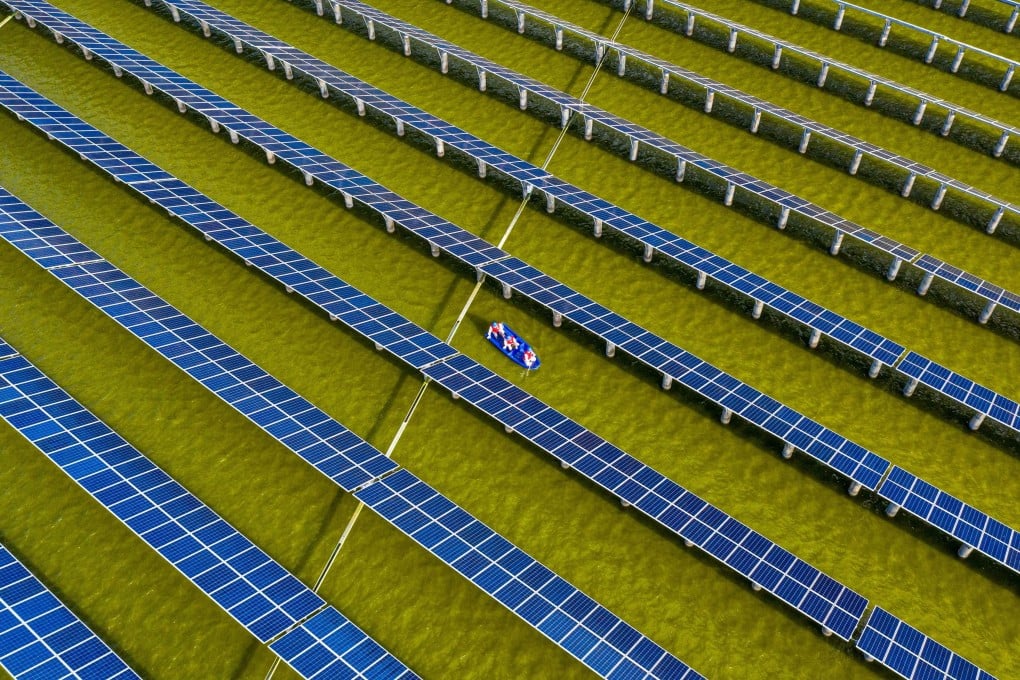Advertisement
Opinion | To fight climate change, Asia-Pacific must turn up the power of its ingenuity and dynamism
- G20 members of the Asia-Pacific are responsible for over half of global greenhouse gas emissions, and the region is falling further behind
- With leaders lining up to make climate neutrality pledges, a realignment of finance and investment towards green industries and jobs is needed
Reading Time:3 minutes
Why you can trust SCMP
1

As Asia-Pacific leaders head to Glasgow for the 26th UN Climate Change Conference (COP26), they can be sure that our region will be in the spotlight. Many of the countries that are most vulnerable to climate change are here. G20 members in this region are responsible for over half of global greenhouse gas emissions.
Advertisement
The starting point is not encouraging, however. A joint study by the UN Economic and Social Commission for Asia and the Pacific (ESCAP), UN Environment Programme and UN Women shows that the region is falling even further behind in its efforts: greenhouse gas emissions are projected to increase by 34 per cent by 2030 compared to 2010 levels.
Getting the 30 Asia-Pacific countries that have updated their nationally determined contributions (NDCs) – basically, emissions reduction goals – to drastically raise ambitions, and securing adequate NDCs from the other 19 who have yet to submit them, will determine if the region – indeed, the world – can hope to keep the temperature increase well below 2 degrees Celsius.
There is some reason for hope. Leaders have been lining up to make their carbon neutrality pledges, shrinking the gap from commitment to action across the sectors that drive the region’s development. With major players moving away from overseas investment in coal, momentum is building for a transition to cleaner energy sources.
As the share of renewables in the energy mix grows, we should support increasing subregional and regional energy connectivity. However, more support to exporters is needed to wean them off lucrative coal and fossil fuel reserves, supported by long-term low emissions development strategies.
Advertisement

Advertisement

